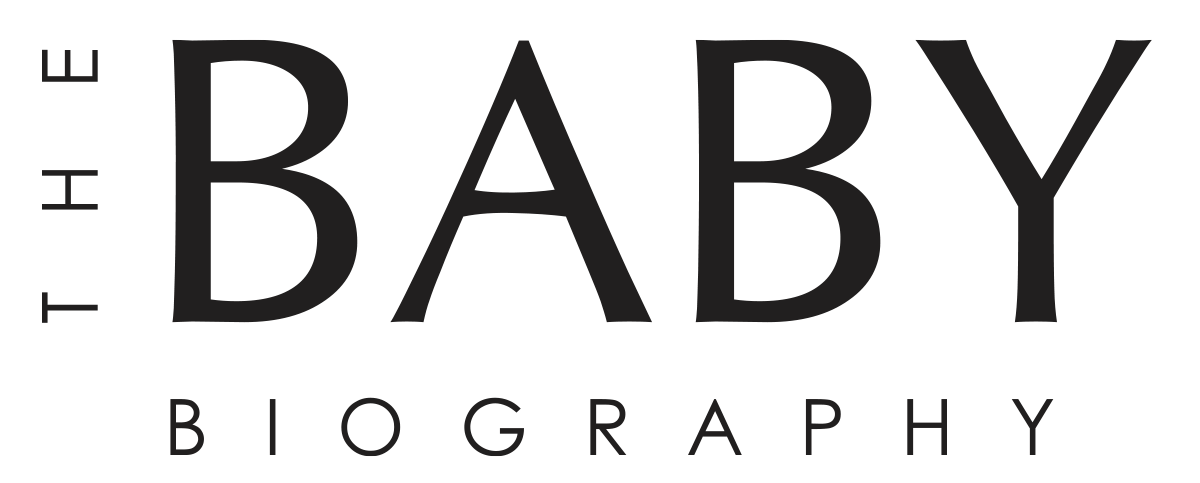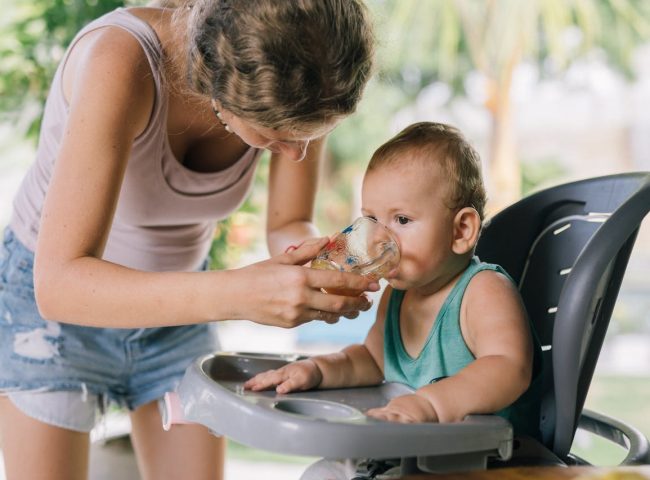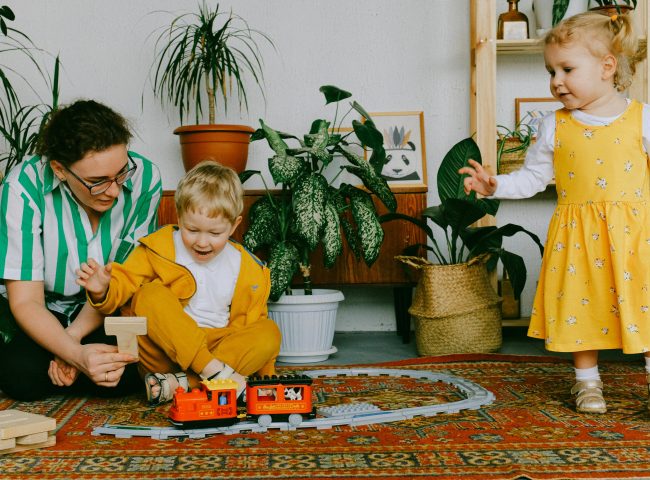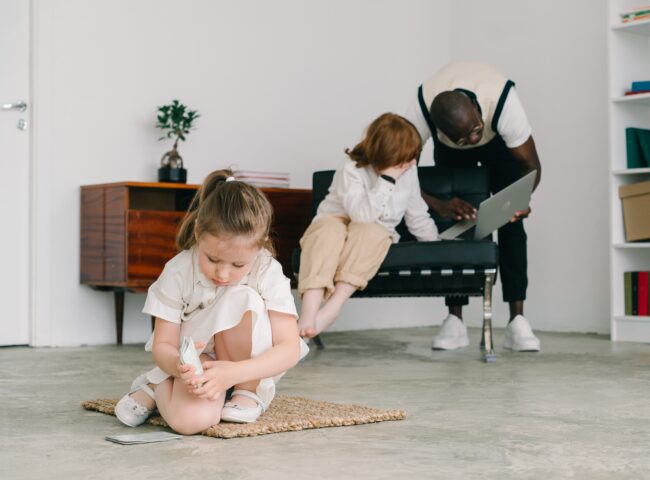A BRIEF GUIDE TO TOILET TRAINING YOUR CHILD
Learning to use the toilet is a significant developmental step for your child. When they are prepared for this critical step, they start to recognize the urge to go to the bathroom and can ‘hold on’ until they are in the proper location. The development of this skill in a kind and encouraging atmosphere encourages positive self-esteem and is crucial to your child’s development of self-help abilities. You’ll feel relieved that there are no longer any soiled diapers in addition to them feeling a sense of success and independence.
In addition to offering some advice on how the educators at your early childhood education and care service can support you and your child in this, we hope to address some of your basic questions about toilet training your child in this information sheet.
Potty or the toilet?
Consider whether you want your child to use a potty or the toilet before you start toilet training them.
You should choose the option that works best for your family and child; neither option is necessarily better.
You might wish to get a toddler seat that can be attached to the toilet seat if your youngster is using the restroom. To help your youngster use the restroom, you might also need a stool or steps. According to some professionals, people cannot properly empty their bladders or bowels until their feet are firmly planted on the ground. It could be beneficial to lower the “floor” to the child’s level.
Your child may find it easier to go to and sit on a potty when they need to poop or wee since, on occasion, they may be in a rush to get upon the toilet seat. Additionally, some kids may first be afraid of the height of the toilet seat.
Having said that, you might want to try both – the toilet and the potty – to discover which your toddler prefers.
What is a good age to toilet train?
Every child is unique and grows at their own rate. Children typically don’t become toilet trained until they are between the ages of 18 months and 3 years old.
Don’t push your youngster too hard, even if they are taking longer. Let them progress at their own rate.
Indications that your youngster is ready for potty training
.
Here are several indicators that your child might be prepared to be potty trained:
Your toddler can go at least two hours without getting wet.
This demonstrates how their bladder muscles are becoming more stronger.
They can communicate their need to poop or wee with you vocally or by signs.
They are capable of spending a lot of time sitting still pleasantly.
They are capable of putting their pants up or down.
They detest having to wear a damp or dirty diaper.
They may adhere to straightforward directions.
They are demonstrating an interest in watching adults (or their siblings) use the restroom.
They might even try to copy other people’s restroom behaviors.
They pass waste at comparatively predictable periods.
They don’t wake up during the night to urinate or defecate, and they come out of naps dry.
Blue carpet with a green toilet.
Keep in mind that the aforementioned are merely hints that your child may be prepared to be potty trained. When to start potty training your child will be a decision you have to make for yourself.
Tips for toilet training
Here are some pointers to assist your youngster become accustomed to using the toilet or potty. Take your pick; what works for one family with a child may not work for another.
Keep an eye out for indications to determine whether they are prepared to be potty trained (see above section).
Introduce them to a toilet or potty and let them to use it while wearing their clothing so they can get used to it.
Allow them to see your restroom routine so they can comprehend it.
Keep an eye out for any patterns, noting when your child often poops or wees. Sit your child on the potty or toilet when you know they will need to poop or wee. They might first show little action, but gradually they will understand what is required of them. (If they aren’t doing anything, don’t make them sit on it for too long; it shouldn’t appear like they are being punished.)
Encourage them by praising them when they successfully urinate or defecate in the toilet or potty.
Also give them appreciation when they give it their all, even if they fail.
Before they are due to poop, have them drink a lot of water because it makes the poop easier to pass.
Ask your child if they need to poop or wee on a regular basis. They can be having too much fun to notice, and by the time they do, it’s too late.
Put them in clothing that is simple to take off if they need to use the restroom by themselves.
Just before going to bed, ask them whether they need to urinate.
In order to prevent your child from wetting their bed, you may need to wake them up once or twice during the night.
Also, keep in mind that mishaps do occur. Instructing your youngster after an error could deter them from trying again.
Teaching them hygiene
You can instruct them on how to wipe themselves down, clean up after themselves, and wash their hands in addition to helping them use the toilet or potty.
Teach your youngster to thoroughly wipe their bums. You can effectively clean your child’s bottom by giving them pre-moistened wipes (remember not to flush unless they are flushable).
Teach them how to use the potty or toilet and how to wipe down the seat.
Show children how to properly wash their hands by wetting them first, using soap, scrubbing for at least 25 seconds to completely cover their hands, rinsing, and drying.
Teach your youngster to take care for themselves even after peeing.
preserving continuity between early schooling and care provided at home.
It is crucial that your child have common routines and experiences between home and their early childhood education and care facility. Discuss your potty training methods with the staff members at the facility where your child receives care. Any cues your child uses to indicate a bathroom break at home should be shared with them.
At the conclusion of each day, asking teachers about your child’s toileting habits may be helpful. You can check a chart or whiteboard at many services to see how your child performed that day.
Since you don’t want your child to be confused by disparate experiences at home and at work, you can also discuss your cleanliness practices with the teachers.
Techniques educators should employ to assist your youngster
The most crucial thing for adults to keep in mind when helping kids learn to use the bathroom is patience. In spite of setbacks or partial successes, educators at your early childhood education and care facility should support your child in all of their endeavors. For instance, saying something encouraging like, “It’s great that you understood you needed to use the restroom,” can soothe a child who just just made it in time.
COnclusion
It takes time to learn how to use the bathroom, just like mastering any new skill. Each child develops at their own rate, so while some youngsters pick up the skill within a week, for many others it will take considerably longer. Your youngster will ultimately pick up the skill of using the restroom on their own. Learning to use the toilet may be a rewarding and enjoyable experience for everyone involved by collaborating with the educators at your early childhood education and care program.







